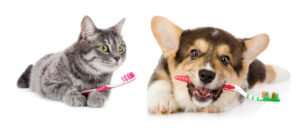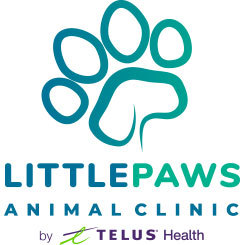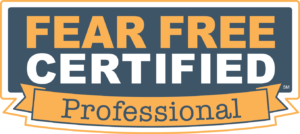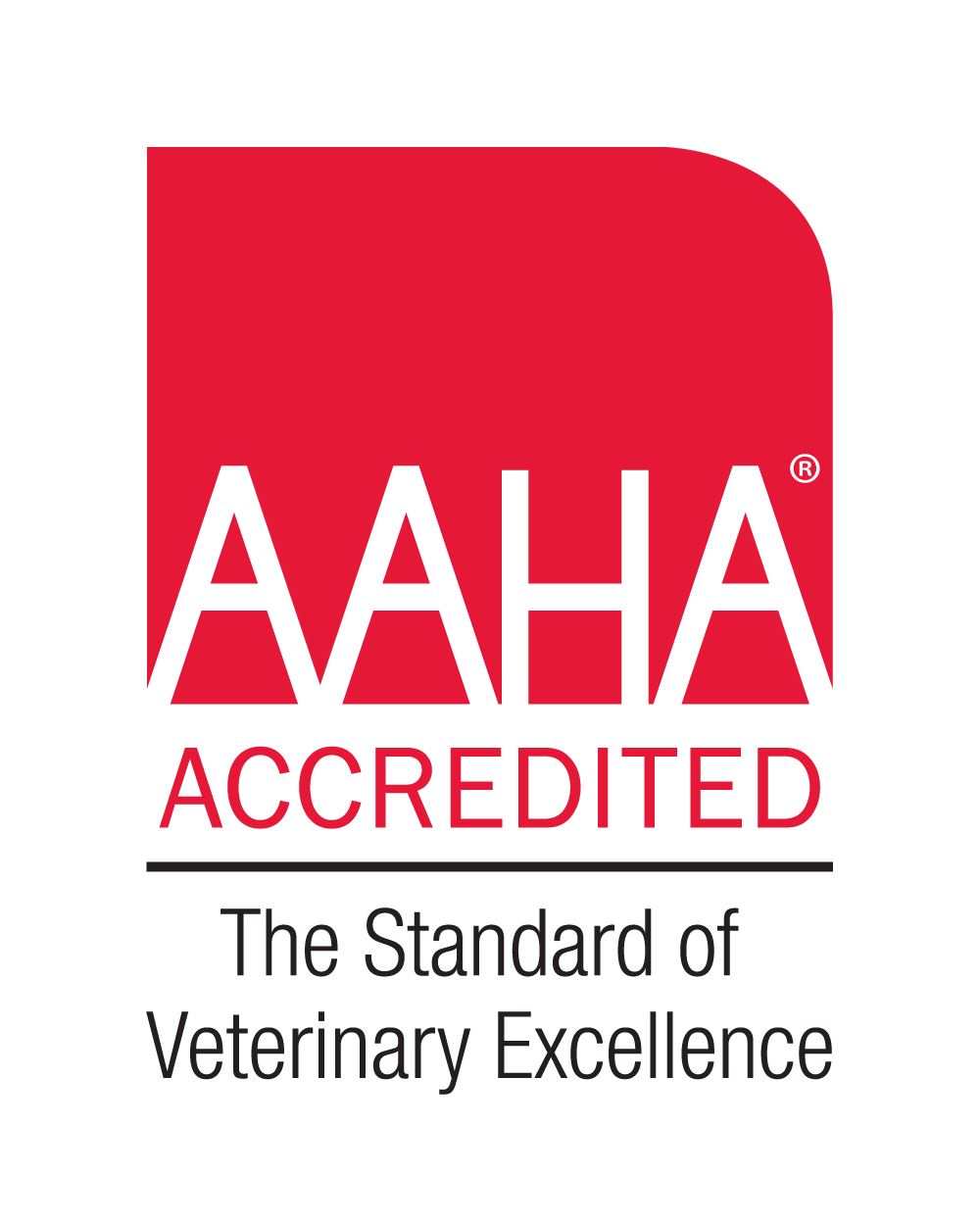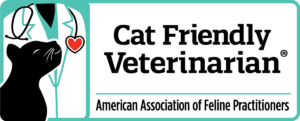How is this different from my teeth and oral health?
The human standard of care asks us to brush twice daily, floss regularly and visit the dentist twice a year for routine cleanings. Despite your hard work, your dentist will usually still find some plaque hiding. Now think about your pet, have you been brushing once daily and had a routine annual dental cleaning? The risk of unaddressed dental disease in animals has been extensively documented and shows the mobilization of bacteria from the mouth into various organs in the body such as kidney, liver, heart, lungs and brain! We’re all animals, but some of us can’t brush or floss our own teeth, so let Little Paws help you care for your best friend’s oral hygiene.
Step #1 is Prevention
Essential preventative dental cleanings are required to keep your pets oral health free of PAIN & INFECTION.
We maintain and procure the best dental equipment, so we can provide the best care for your best friend.
With DC technology, this machine allows constant radiation levels to ensure the most reliable image quality. Compared to other conventional units, it reduces the patient radiation dose by more than 25% to ensure the greatest safety measures for our patients and team.
This elite machine is regarded as the #1 in industry, with its high speed 360 degree swivel handpiece that allows for greater control by our team and quality completion of dental procedures.

